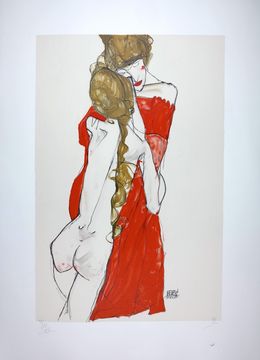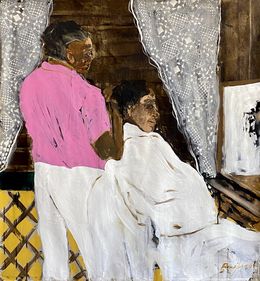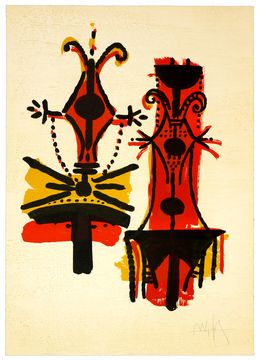
A conversation with Faridah Folawiyo: Founder of FF Projects

Manifold Installation View 2022 © Faridah Folawiyo
This week, Artsper sat down with Faridah Folawiyo, the founder of FF Projects. We are delighted to share her career journey as well as her personal interests that shape her critically acclaimed projects.
1. Hello Faridah, thank you for speaking with us today! Could you start by introducing yourself and FF Projects? How did your journey as an art curator begin?
I know a lot of people aren't lucky enough to have this experience in college, but the first ever History of Art class I took was with a Nigerian professor (Chika Okeke-Agulu) and it focused on the Harlem Renaissance and the Black Arts Movement. I think that sparked an interest in the study of art for me, and then in 2013 I studied abroad in Paris, and I took more History of Art classes. But I also got to go to my first Venice Biennale, and I went to Berlin for the first time and saw the Boros bunker. I think those visits made me think about the type of experiences I would like to create, where it isn't just about paintings on walls, but actual viewing (and sensory) experiences. And then last year (2022) I decided to take the year to freelance and work independently, and see what could happen if I put on my own shows. Which is how FF Projects came about.
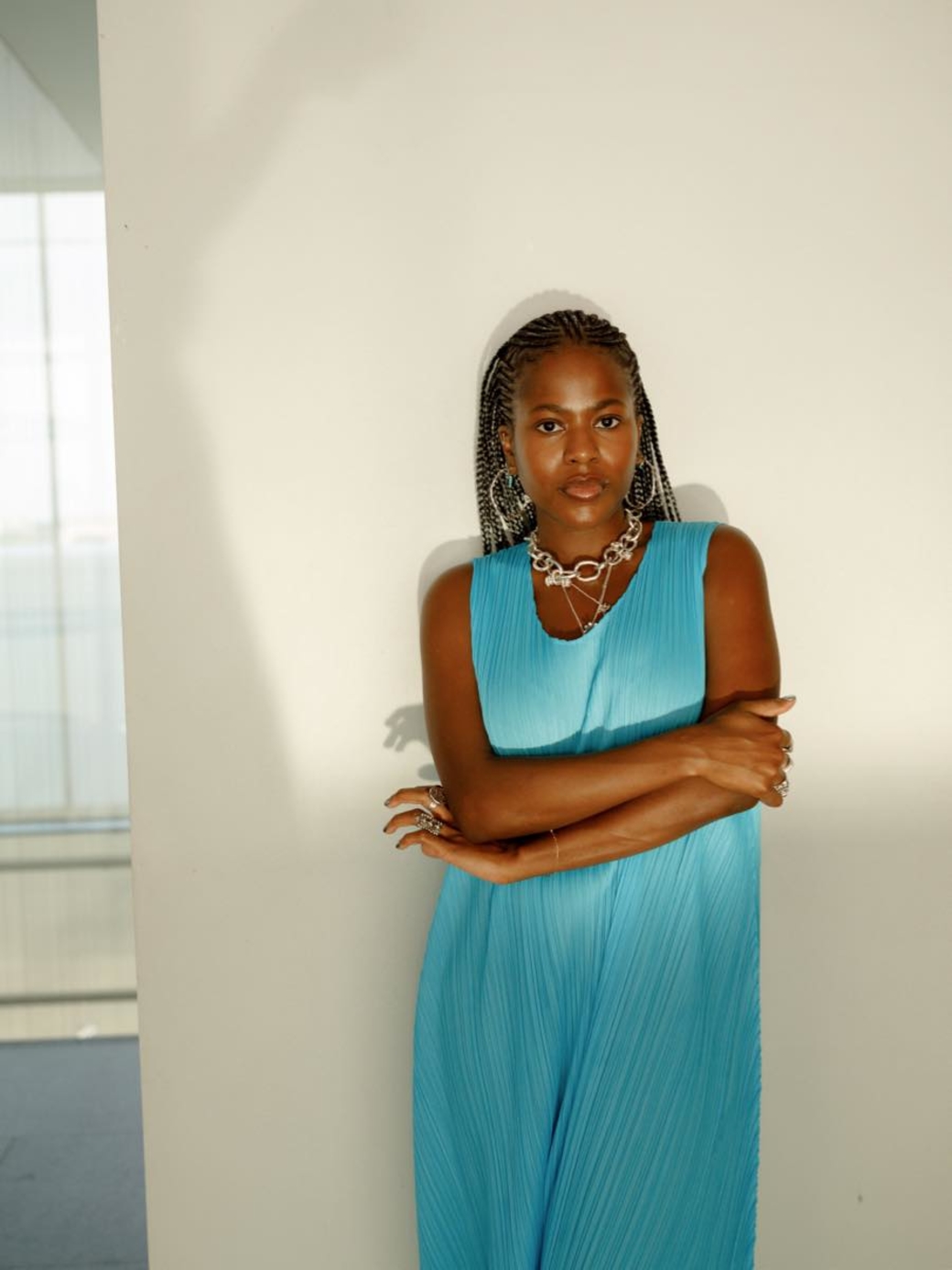
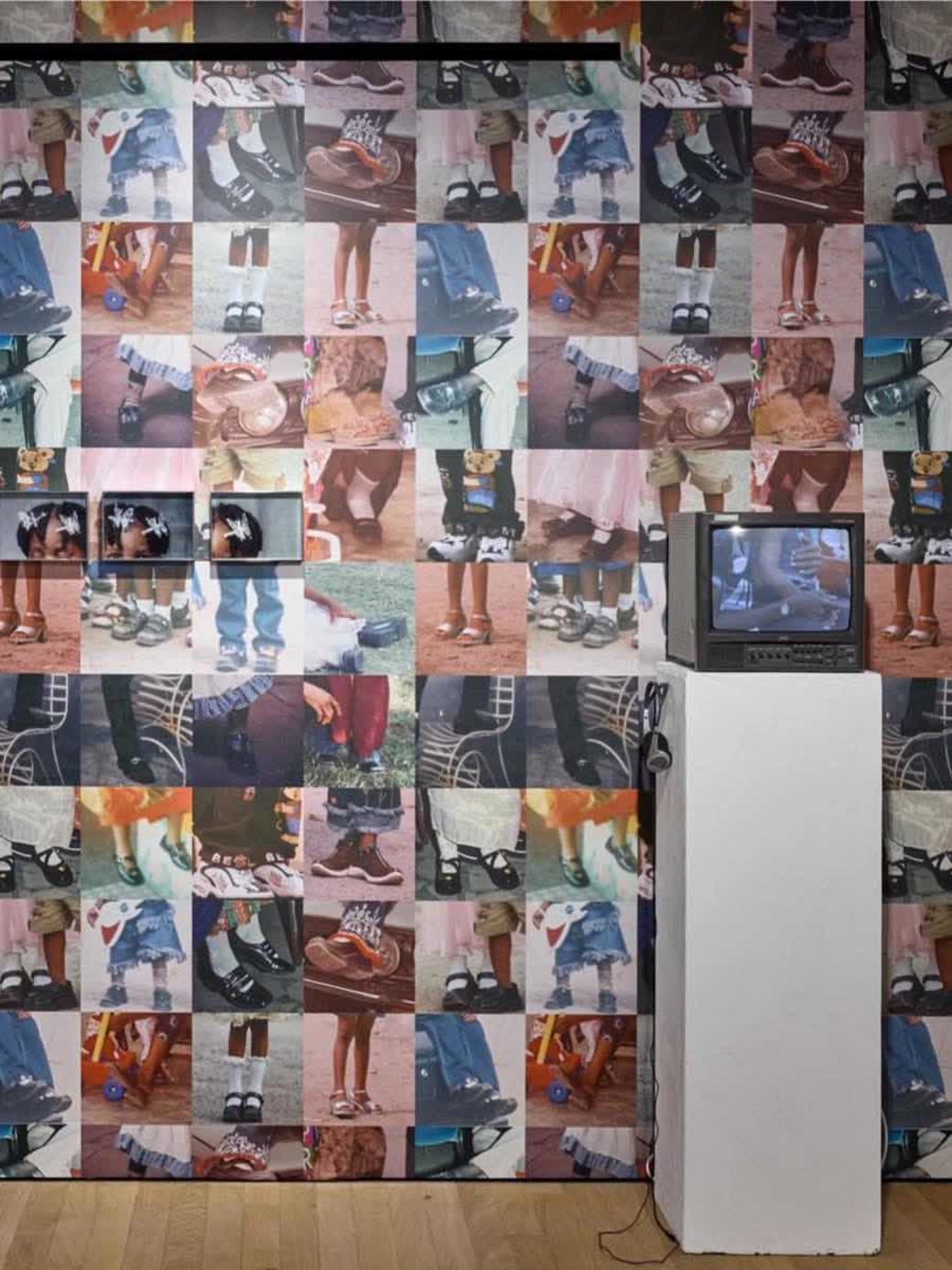
Left: Portrait of Faridah © Faridah Folawiyo / Right: Manifold Installation View 2022 © Faridah Folawiyo
2. After your degree in Near Eastern studies at Princeton University, and your experience in the contemporary art market, how would you compare the art market of the Eastern and Western regions? Are there any similarities/differences? What can they learn from each other?
At Princeton, I wrote my senior thesis on a Lebanese artist, Akram Zaatari, and it was a really great way for me to combine my field of study with my budding interest in History of Art. I am actually not very well-versed when it comes to the art market in the Middle East. It is definitely something I want to learn about, and there are galleries such as Efie that I think are doing amazing things in the region.
3. You studied the history of art at the Courtauld Institute of Art, and focus on African art in your curation, what is your opinion on the evolution of African art? Should the world focus more on African art? Why or why not?
When I did my Masters at the Courtauld (which I actually enjoyed), I could not even use their library because there were so many blind spots when it came to African art. So in some ways, I do think it would be nice for certain institutions to recognise that it is a legitimate field of study, and to give scholars and thinkers the support they need. But I also think that even if the world doesn't focus on African art, there are enough of us on the continent and in the diaspora who understand the value of the art that is being created, and we can create and sustain our own ecosystems. We already do that to a large extent anyway.

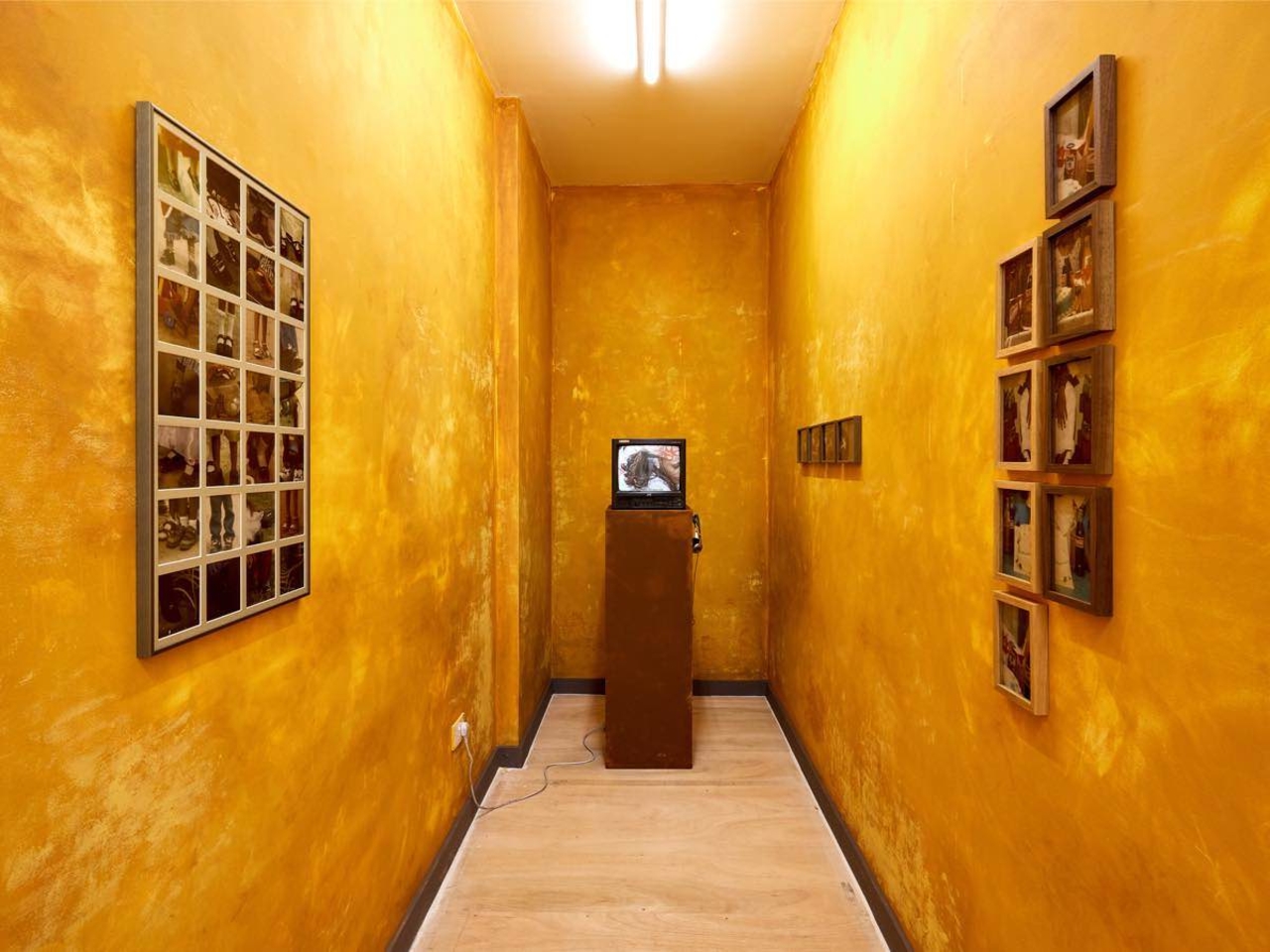
Left: Manifold Deluxe Installation View 2023 © Faridah Folawiyo / Right: Manifold Deluxe Installation View 2023 © Faridah Folawiyo
4. How do you select the artists and artworks for exhibitions? Can you share your process and criteria for curating diverse and inclusive exhibitions?
I am constantly speaking to artists, meeting them, and going to exhibitions. A really wonderful thing that happens as well, is that artists recommend other artists to me. I love the sense of community that comes out of that. As for curating, I tend to come up with a concept first, and finding the artists that fit within the theme comes after. I say this all the time, I am a black woman so it makes sense that I tend to center other black women in my curatorial practice as well.
5. You recently concluded the “Manifold (Deluxe)" exhibition featuring 15 female artists from different parts of the world. What do you want viewers to take from these stories?
Manifold is about multiplicity and abundance. It is really a rejection of categorisation and pigeon-holing and encourages the viewer to approach the works on show with an openness and a recognition that they might be working on many different registers at once. But another vital part of Manifold, and also any show I curate, is that I want the spaces to feel comfortable. I want people to have the freedom to like what they like without any burdens about my intentions or what they are supposed to like.
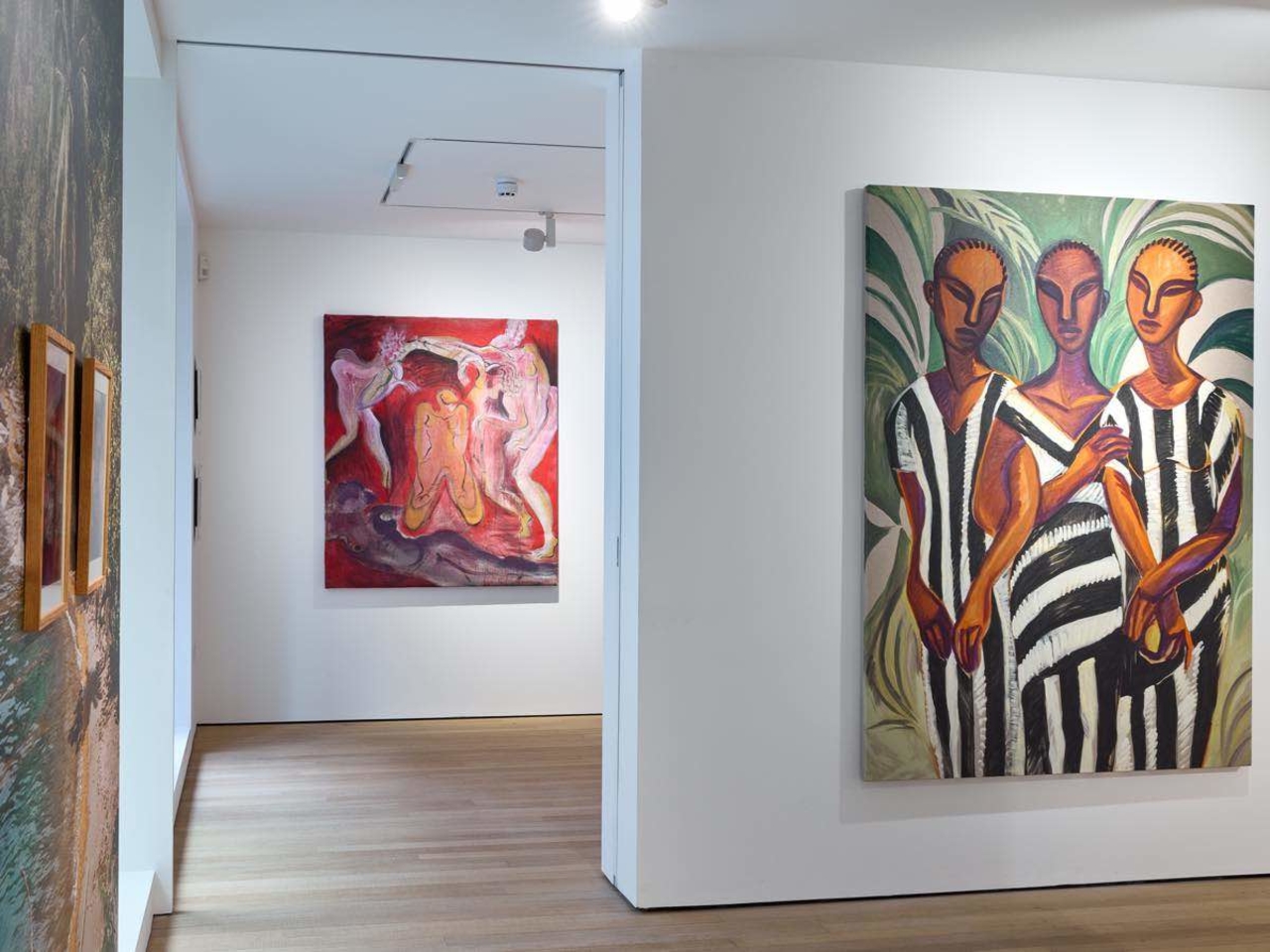

Left: Manifold Deluxe Installation View 2023 © Faridah Folawiyo / Right: Manifold Installation View 2022 © Faridah Folawiyo
6. As a young Black female curator, what are the major challenges you have faced in the contemporary art market? How do you overcome these challenges or work towards addressing them? Can you share some specific strategies or initiatives you have implemented or plan to implement?
I think in some ways Manifold was a reaction to the unnecessary pigeon-holing of Black art and its practitioners. So I guess it really is about opening up as much as I can, constantly rejecting the ideas of what something is supposed to be or look like. I'm always pushing toward shows that can be well-researched and cerebral but also accessible and interesting to someone who might be attending their first exhibition. I'm always trying to find that balance.
7. As a young curator, what are your aspirations in the contemporary art industry? How do you envision your impact and contributions to the global art market?
I hope to continue to do work that particularly resonates with Black and African audiences. I want to keep making shows, writing and creating infrastructure that allows artists, specifically black female ones, to thrive.
Their favorite artworks

